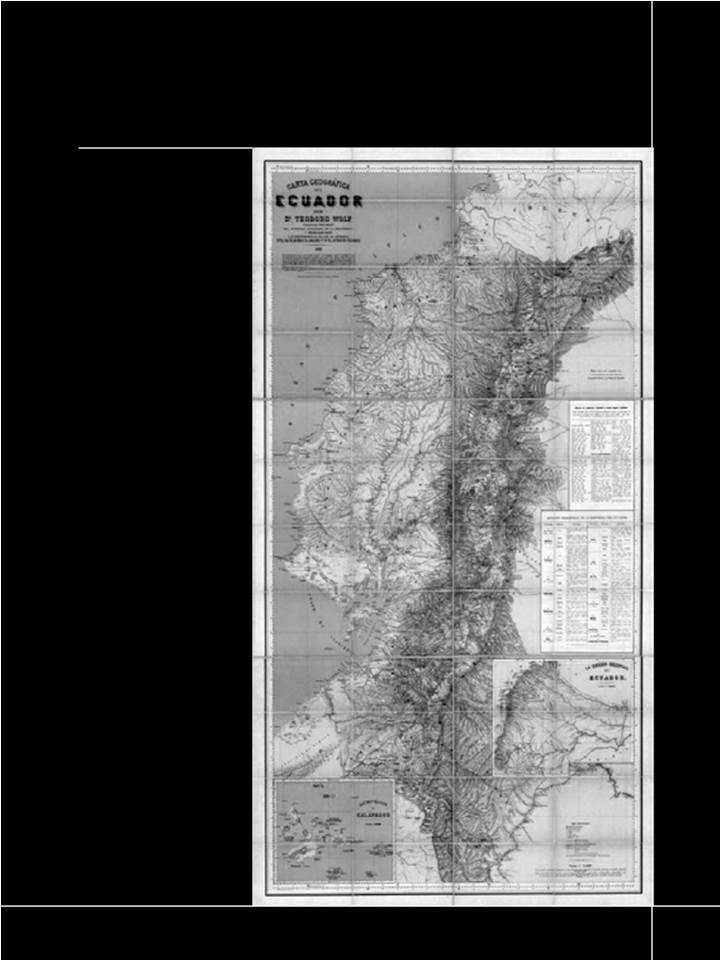Abstract
During the nineteenth century, cartography granted scientific prestige to the new States in America and at the sametime configured the body of the nation. In the case of Ecuador, the Amazonia posed a huge challenge to the differentmapping projects that addressed its representation within the national space from different epistemological assumptionsand socio-political interests. The first map of Ecuador (1858), prepared by the doctor from Quito ManuelVillavicencio, sought to provide Ecuador with an image of itself and also a guide for a delayed colonization of theAmazonia. In contrast, the German geologist Theodor Wolf reflected in his map (1892) specific scientific aspirationsand not necessarily a sense of territorial identity or ownership. His interest was to produce a map in accordancewith the canons of scientific geography of the time. In his map tvast Amazon region appears inside a small inset andwith a much-reduced scale. The State, which in the late nineteenth century required statistics, maps and knowledgeto operate, sponsored Wolf´s map, despite its silence regarding the Amazon, because having a scientific map wasnecessary not only for Ecuador´s reputation but for the exercise of power.Apuntes is registered under a Creative Commons Attribution 4.0 International Public License. Thus, this work may be reproduced, distributed, and publicly shared in digital format, as long as the names of the authors and Pontificia Universidad Javeriana are acknowledged. Others are allowed to quote, adapt, transform, auto-archive, republish, and create based on this material, for any purpose (even commercial ones), provided the authorship is duly acknowledged, a link to the original work is provided, and it is specified if changes have been made. Pontificia Universidad Javeriana does not hold the rights of published works and the authors are solely responsible for the contents of their works; they keep the moral, intellectual, privacy, and publicity rights.
Approving the intervention of the work (review, copy-editing, translation, layout) and the following outreach, are granted through an use license and not through an assignment of rights. This means the journal and Pontificia Universidad Javeriana cannot be held responsible for any ethical malpractice by the authors. As a consequence of the protection granted by the use license, the journal is not required to publish recantations or modify information already published, unless the errata stems from the editorial management process. Publishing contents in this journal does not generate royalties for contributors.


